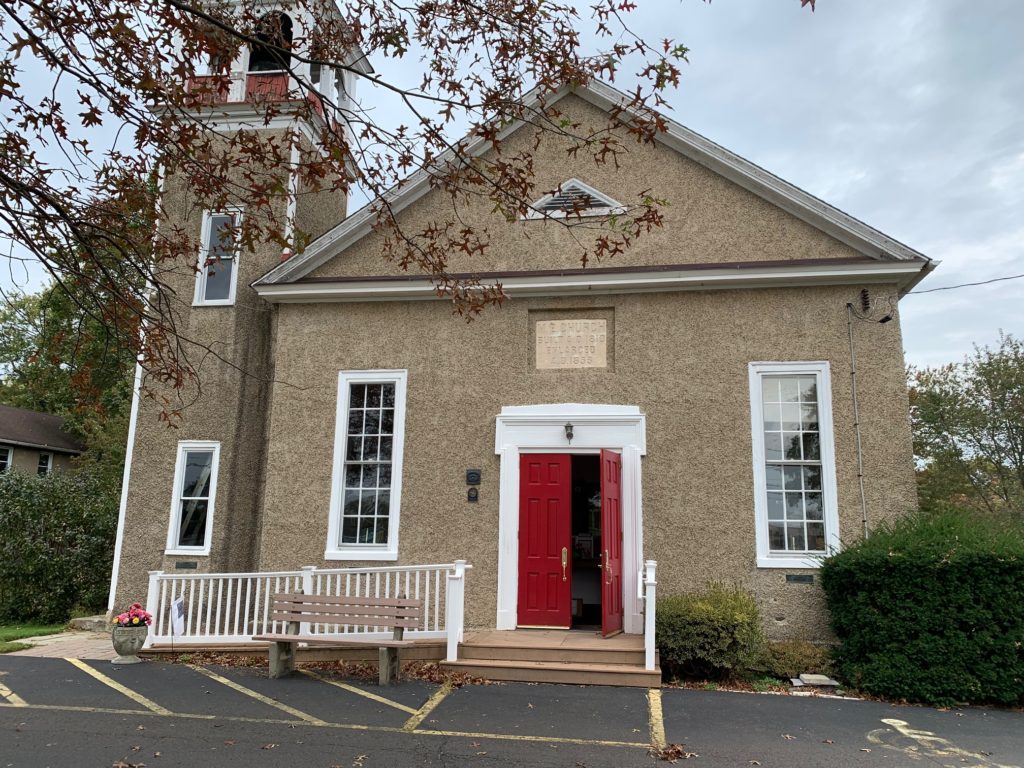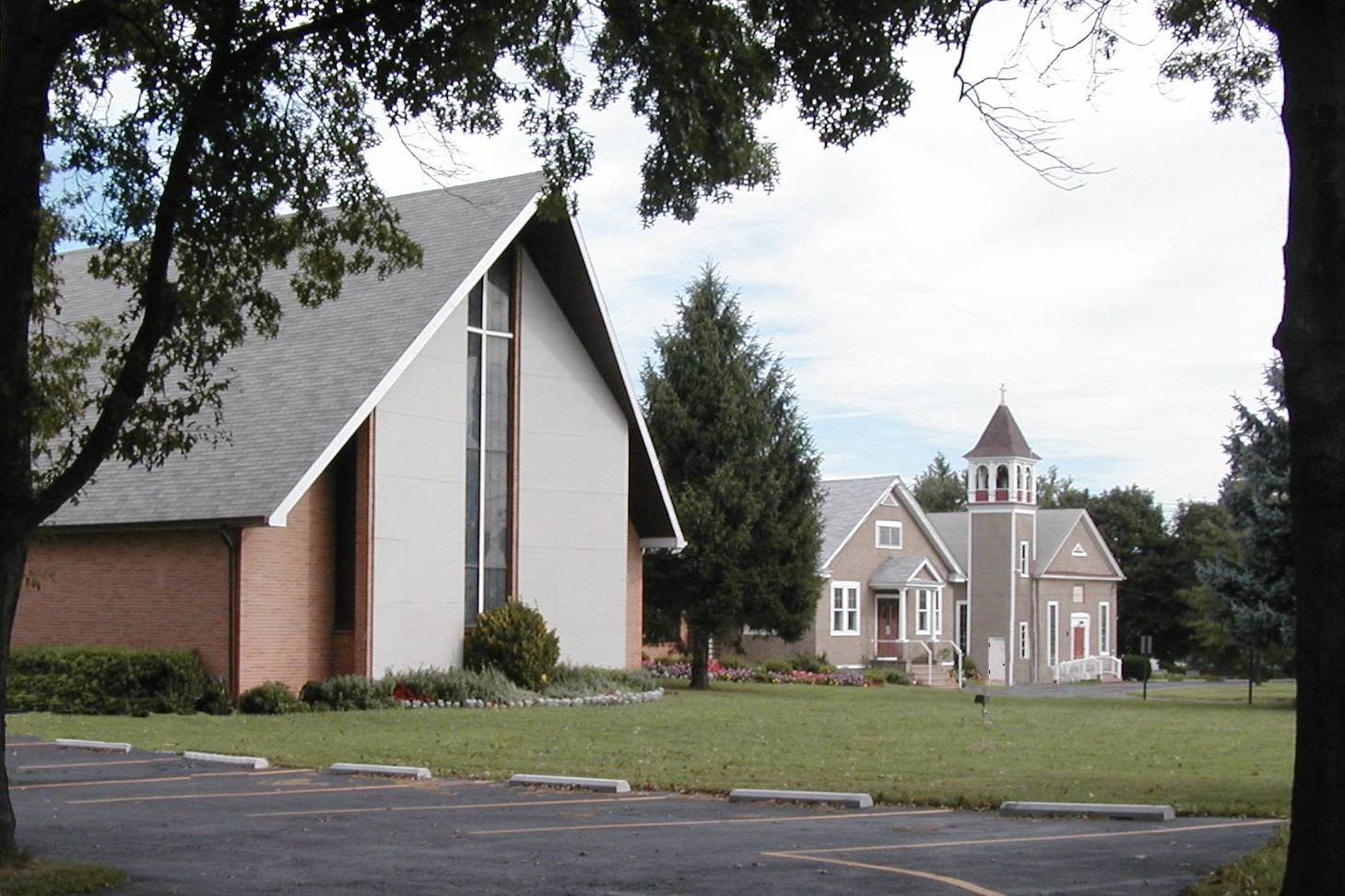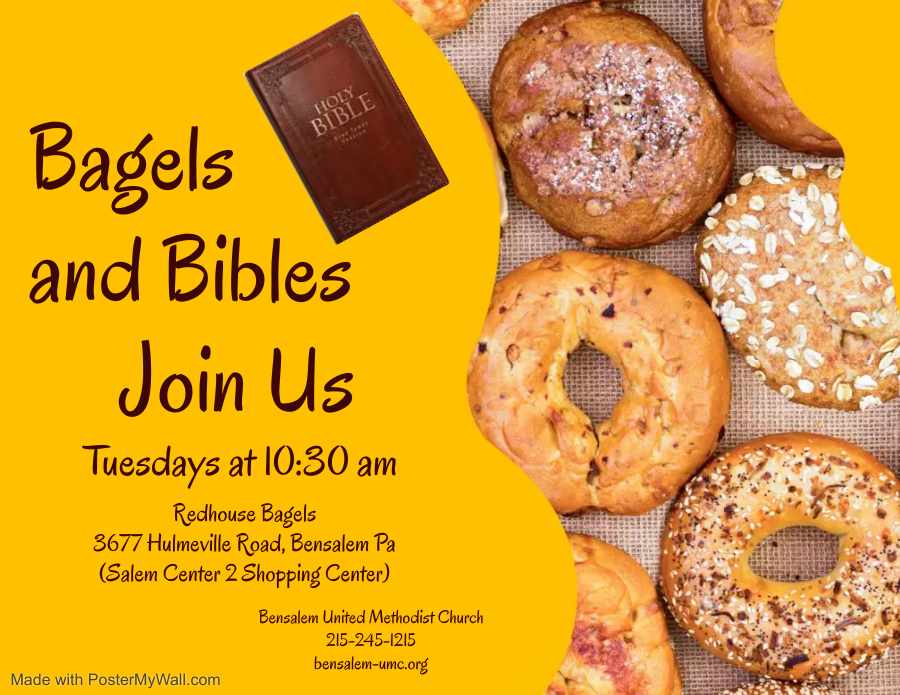
Our nation was only thirty-four years old and James Madison was the President of the United States. George Washington had been dead only eleven years. Napoleon Bonaparte was the Emperor of France and the Battle of Waterloo had yet to be fought.
ln a rural section of Pennsylvania known as Bensalem, an event of great importance took place. A group of people gathered to dedicate a church – a new church. The year was 1810. The first person from Bensalem, of whom we have any record, to embrace the Methodist religion was Mrs. Martha Vansant, who experienced the blessings of a renewed heart at a camp meeting in Newtown in 1805.
For five years prior to this day, a few dedicated people had met either outside under the tree that still stands in the corner of our graveyard in good weather or in private homes to hold services and prayer meetings in the Methodist tradition. Their interest was so keen and their faith so great it was decided to erect a church building. The funds to fulfill their dream were raised by James and Ann Ridge, Garrett and Asbury Scott, and Pearson Hambleton. On ground given by Joseph Rodman and with timber donated by General Willett, the church was built: a frame structure with small windows and a gallery running around three sides.
The Methodist Church was young at this time and pastors had large circuits. Philadelphia was still a half-day away by horseback. Bensalem became part of what was known as the Attleborough Circuit, which included Newtown, Bensalem, and Attleborough (now Langhorne).
In 1811, the Bensalem congregation was visited by Francis Asbury, who would later be the first Bishop of the Methodist Church in America. Asbury recorded the visit in his journal in these words, “I preached…at Bensalem Chapel to a small congregation, dined with Father Rodman and continued forward to Bristol where I preached in the evening…the work of God has broken forth gloriously in Bucks County…”
The membership of the church increased and, by 1853, the original meeting house was found to be inadequate. The present chapel building was erected. Among the names of that era are Thomas Hambleton, Charles Vansant, Martha Lot, Charles LaRue, and George Sipler (from whose estate the church continues to receive funds).




